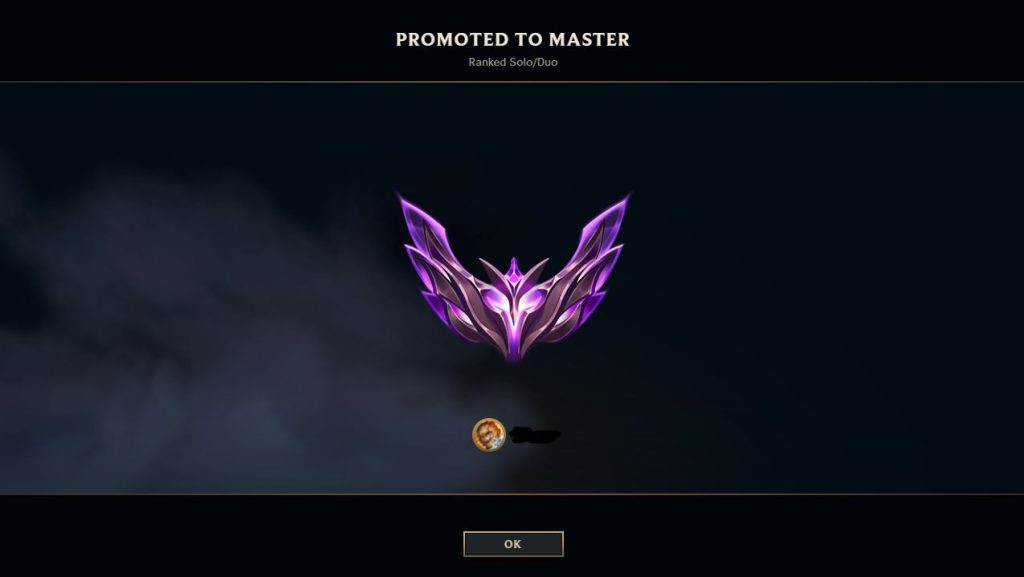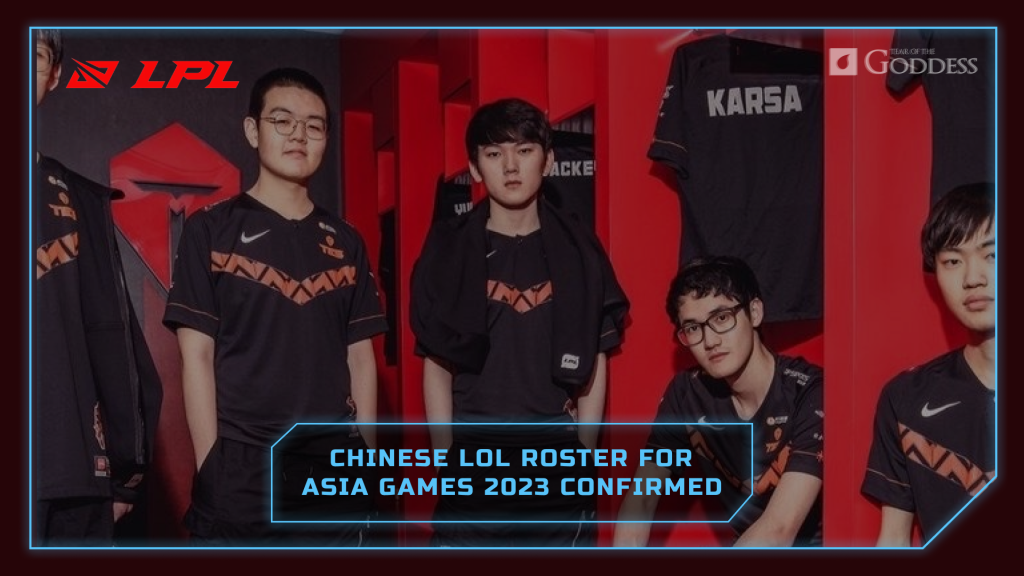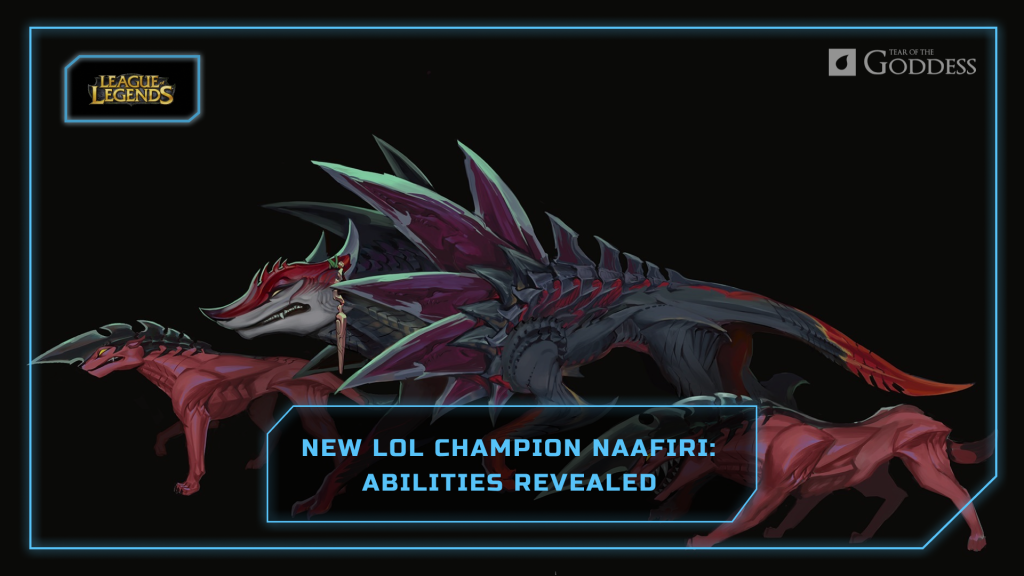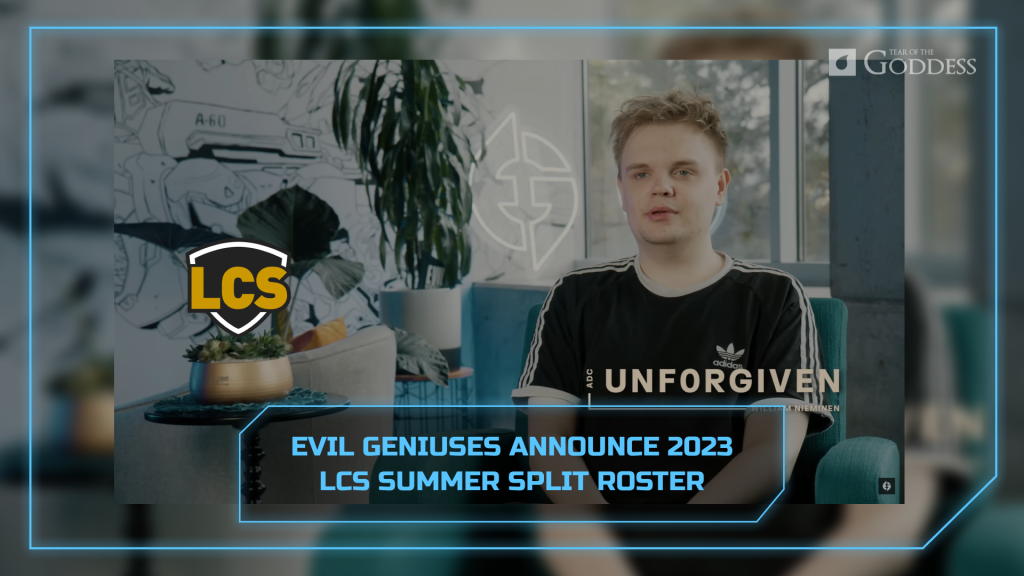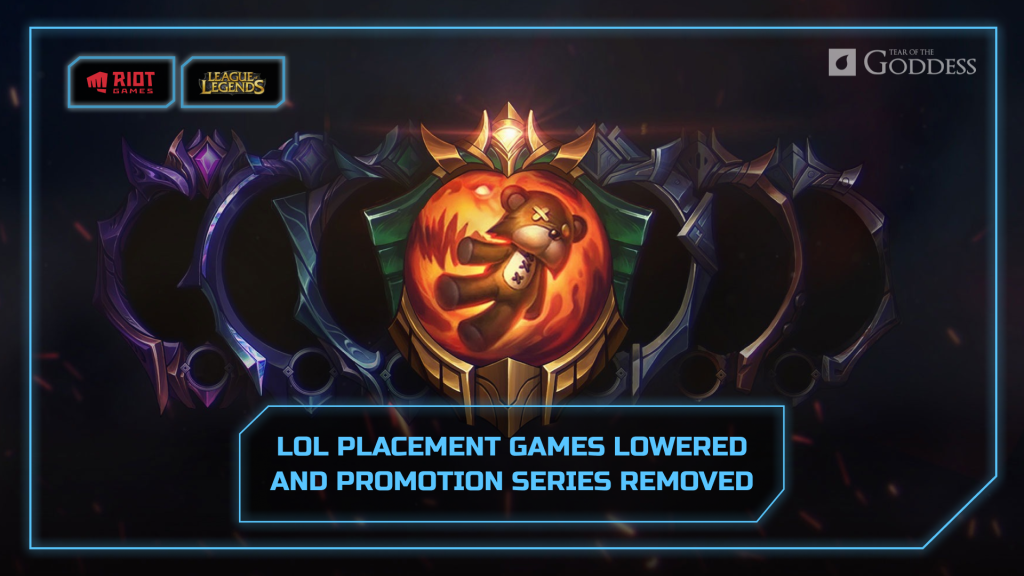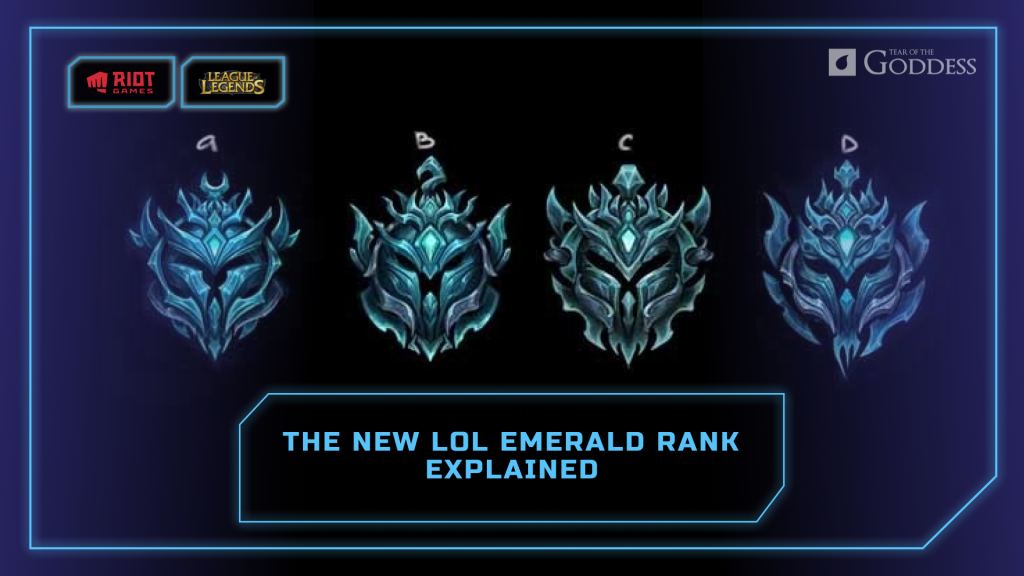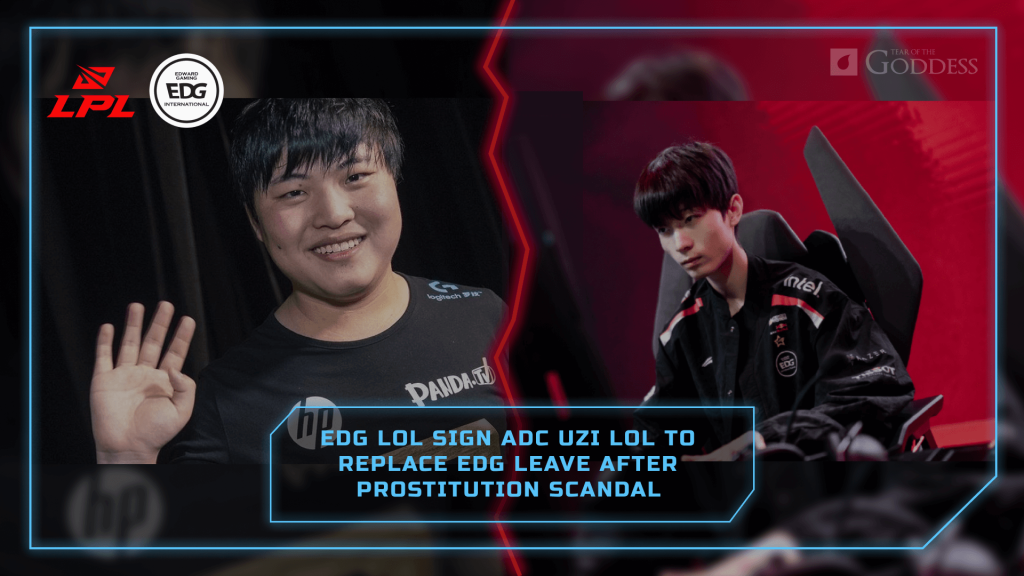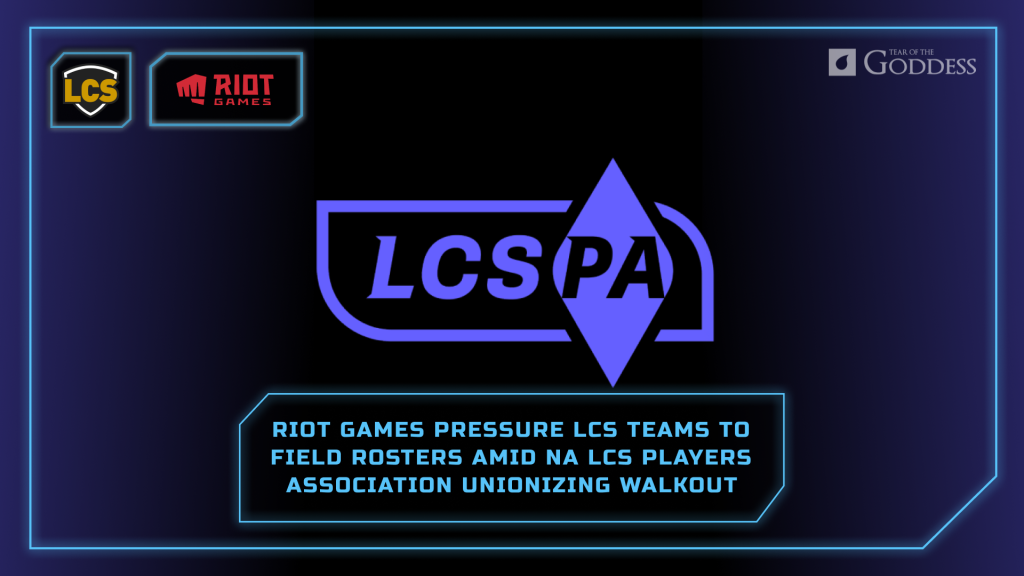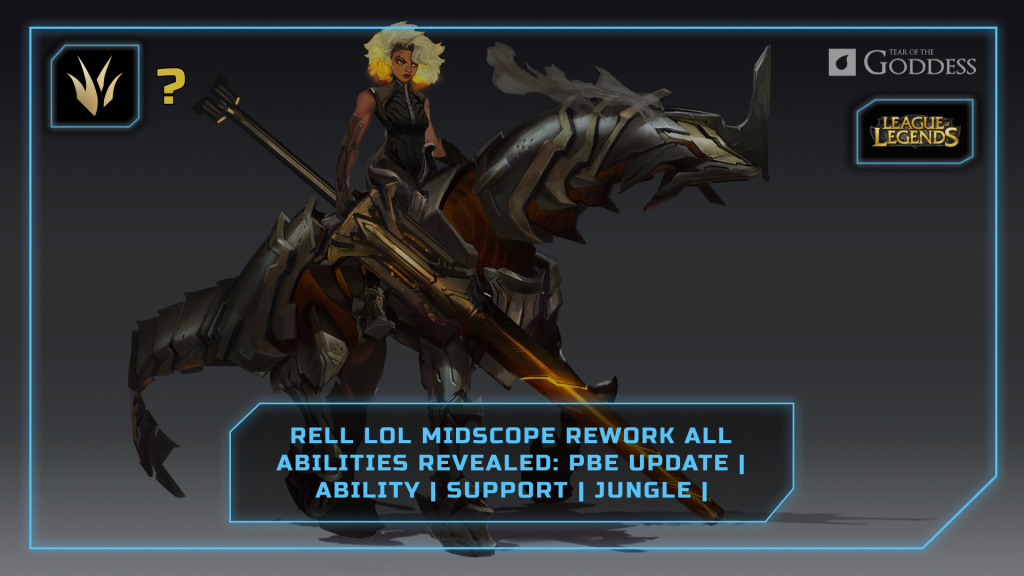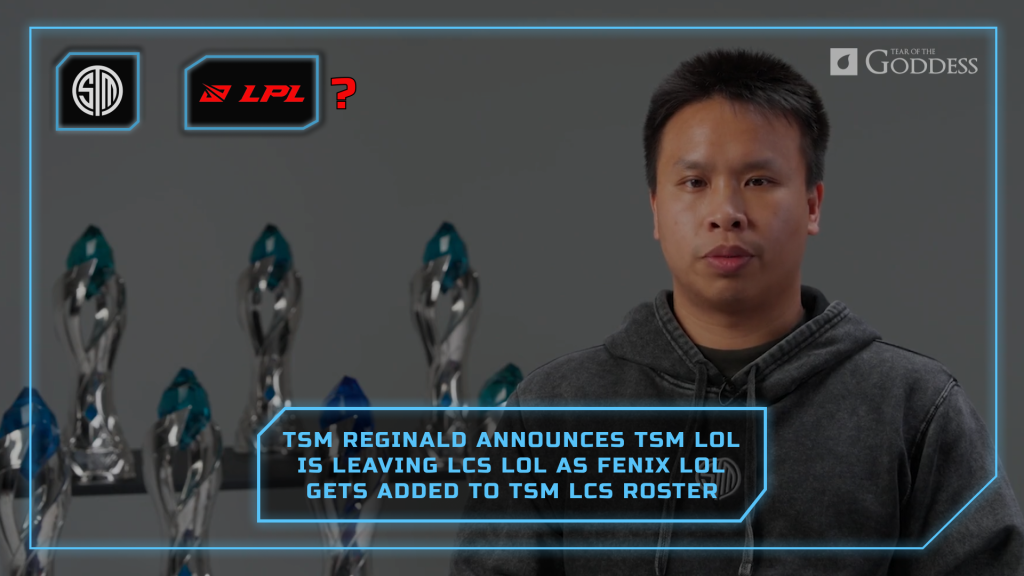Riot is fixing Garena LoL servers issues
After a 12 year partnership with Singaporean game developer and publisher Garena, Riot Games are publishing League of Legends and Teamfight Tactics across Southeast Asia on their own platform in January 2023.
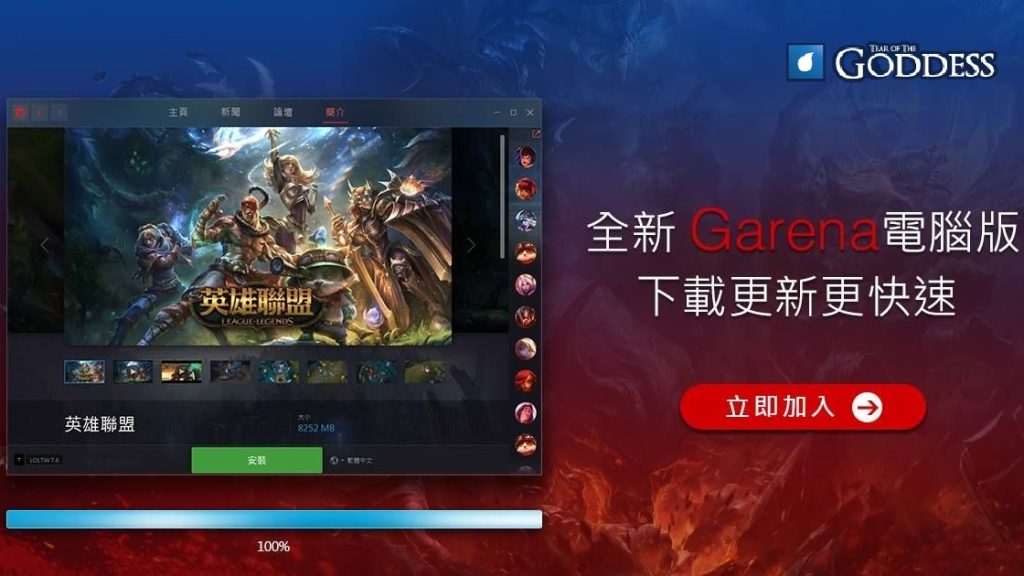
This might come as a surprise to many of you. But Riot Games wasn’t the main publisher of League of Legends in South East Asia. Korea, Japan, China, and the OCE region, all had separate Riot servers managed by Riot. But the rest of Asia wasn’t so lucky. The Middle East was forced to play on European or Russian servers, often with high ping. And South East Asia was playing League on the Garena client and servers, which was a big issue.
Riot cuts ties with Garena
Since Riot Games released League of Legends back in 2009, Garena has been responsible for running the game in South East Asia. The initial deal between Riot Game and Garena was for 10 years. But when that deal expired an epidemic swooped the world. Instead of opening a can of worms with a massive new project with lockdowns assuming, Riot decided to keep collaborating with Garena. Now two years later with society coming back on track, it’s time for a change.

And the start of season 13 was the perfect moment. Riot finally had enough of Garena ruining their product and not taking full advantage of the opportunity. South East Asia is home to the biggest gaming market in the world. Heck, over 60% of the worlds population lives in a 2000 km radius of Macau. India, China, the densely populated island in South East Asia. And yet, the game that was so popular in Korea and China couldn’t get off the ground in this region.
Horrible Garena servers
The Indonesian servers had to be shut down and players had to be transferred to Singaporean and Malaysian servers where they played with high ping. That’s right, the entire region of South East Asia was split into seven different servers. And there was no crossplay, meaning that you couldn’t get in a match with players from other servers. This caused extremely long queue times, especially for the higher ranks. Preventing the development of players and a professional scene was the first step in killing the game in that region. And after the transfer, the same issues still persisted.
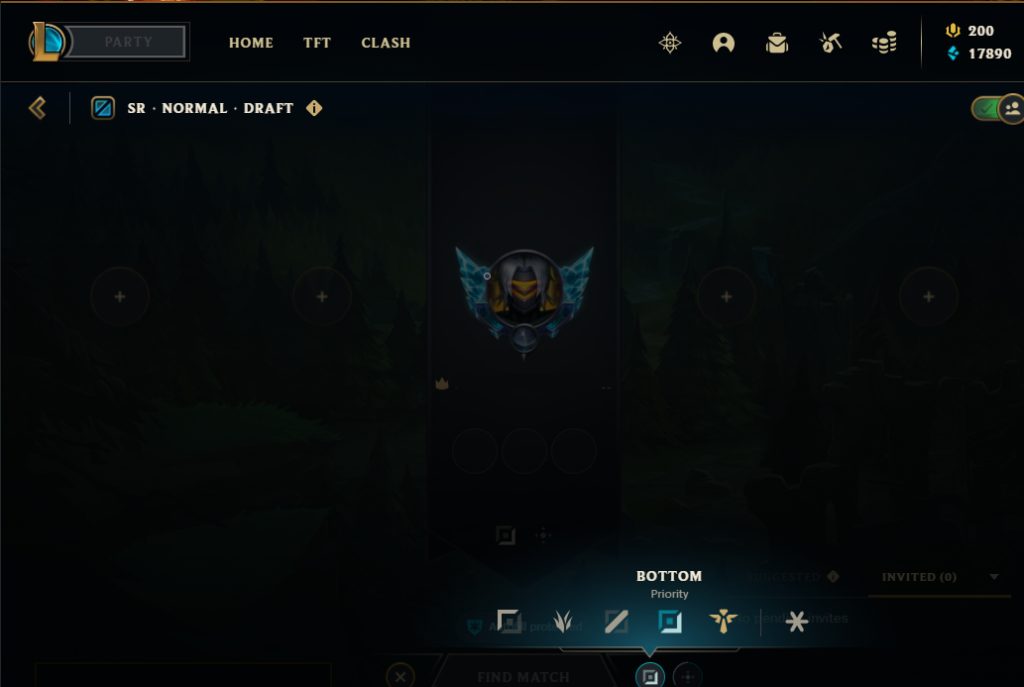
Since there was so much greedy monetization on the client, it could barely function. Patches took up to two hours to be installed despite only containing minuscule changes. Garena reportedly lost $1,5 billion in 2019 and the predatory loot system only got worse to compensate. This led to players giving up on the game, despite being the biggest gaming region in the world. And you can’t blame them, since most of the features Riot had didn’t work on Garena.
Garena client issues
One way they figured out to cut costs was to remove or not implement Clash and Normal Draft games. Going directly into Ranked queues increased toxicity even more, making the game beyond unattractive. And who would want to play the game on a buggy client that mined crypto in the background? Well, that’s exactly what happened back in 2016 on the Philippines server, and that’s how one employee got the whole team fired.
Not only was this happening in broad daylight, but the rest of the client was also unusable. Third party software like OP.GG, Blitz and other tools meant to help with getting better at League of Legends didn’t work because those weren’t Riot accounts. And not having Riot accounts meant that there were no esports drops nor customer support, which is a bit concerning given their unethical practices.
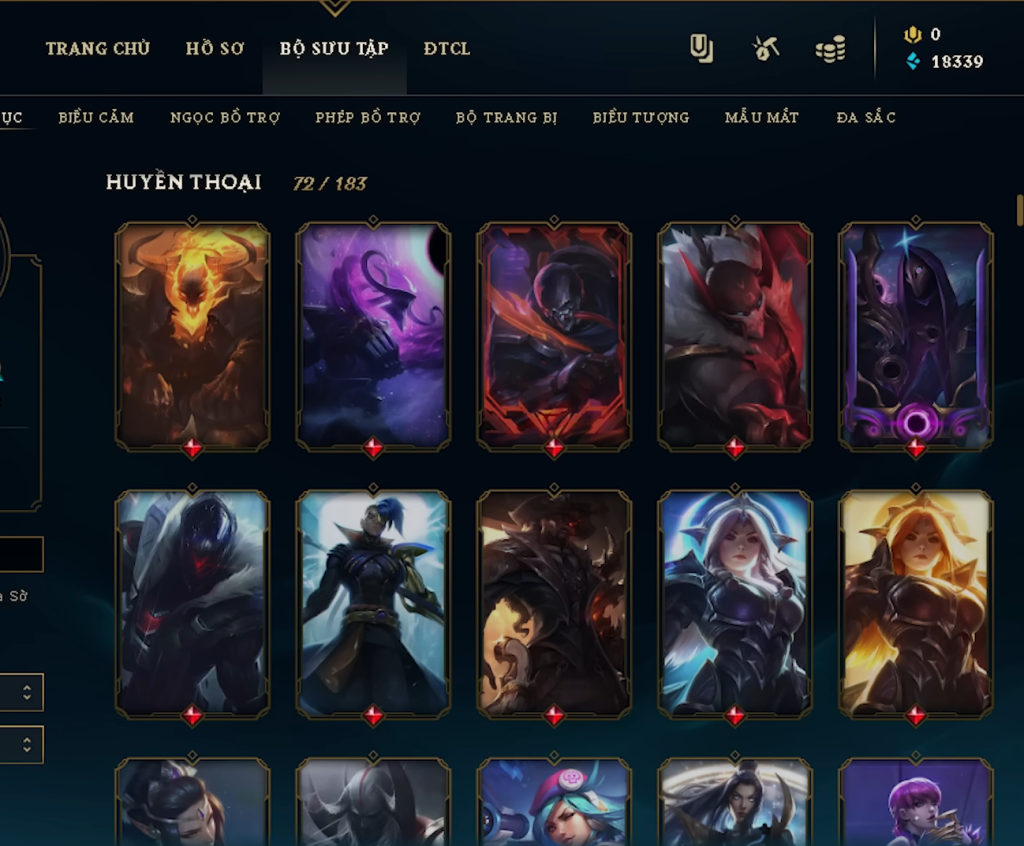
Garena predatory microtransactions
If you have ever played mobile games you would know the feeling. Wild Rift might be a bit different since it’s officially published by Riot Games. But anything else that was meant for the South East Asian market is beyond predatory. Games like PubG, Mobile Legends, and many more titles that are free to play have to make money somehow. Enter that format in the most popular PC game.
Skins behind paywalls
As soon as you would open the client, you are met with a limited time offer for skins. If you didn’t care about purchasing an old skin for 120 RP on a 70% discount, you would pay in another way. New skins that were introduced with new events couldn’t be purchased in the store. You would need to buy a battle pass or buy some new RP to enable the purchase. That’s right, you could have loads of in game currency available and you would still need more. But at least they gave players free Icons with every recharge. And if you wanted a skin you better be fast. Most skins were available only for two weeks while the event lasted. After that, it doesn’t go to the traditional store for a set price.
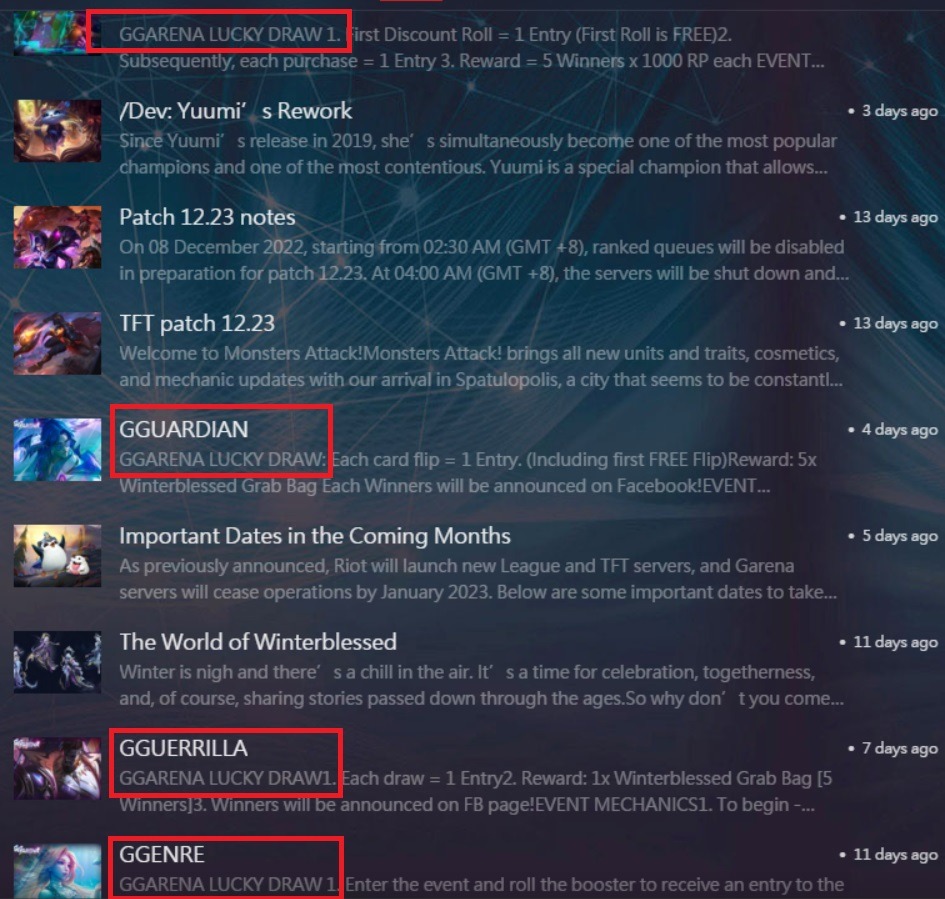
Gambling for skins
On the Garena client, if you wanted a skin that wasn’t available, you would need to purchase bundles with boxes and hope you hit the skin you wanted. And that was one of the better ways you could get skins. For instance, if you wanted the PsyOps Ezreal or any skin from that collection, you would have to play a ticket lottery. That lottery required a certain amount of tickets purchased with RP and would give you a random skin from the skin line. And if you got the same skins twice, it just turned into orange essence. And if you didn’t get your Ezreal skin after a few tries and payments, well tough luck.
Garena manipulated skin prices
Those skins that did make it to the store, didn’t have proper evaluations. While Riot Games prices skins depending on their tier and exclusivity, Garena did something more sinister. Raising the prices of popular skins while lowering the ones that no one wants. Whatever needed to happen to make a profit. And to make this more natural, the Vietnam Garena server had listed 183 skins as Legendary. This enabled them to push the price up as much as they wanted, often putting random numbers in for the sake of existing. Meanwhile, on every official Riot client, there are only 45 Legendary skins.
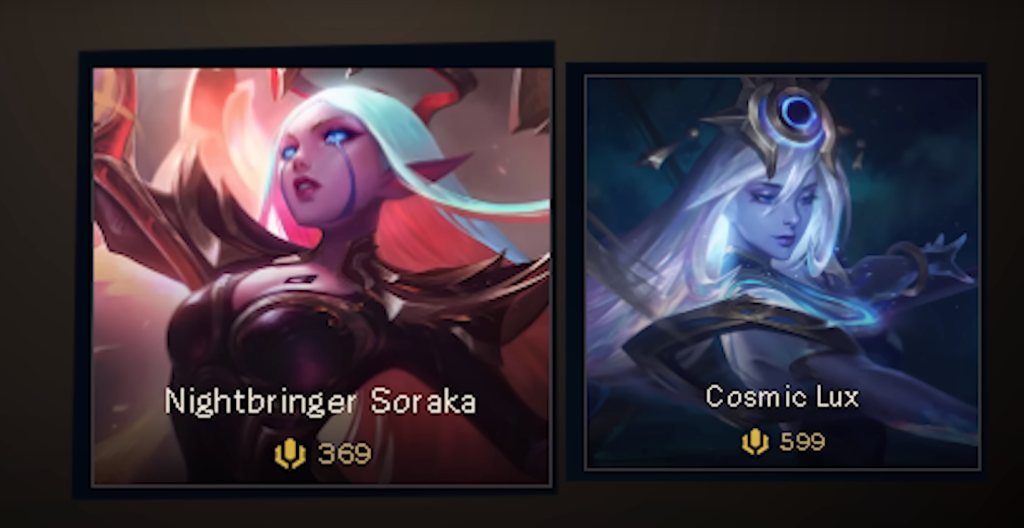
Garena Your Shop function
How about the Your Shop feature that helps many League players obtain skins for their favorite champions? On most servers, the game offers you two 1300 skins, one 1820 skin, one 520 skin, and one 950 skin. And those skins are for your five most played champions since the last Shop. On Garena, things worked a bit differently. Every day you would get eight offers for random skins with discounts of up to 70%. That sounds nice until you realize you weren’t buying champion skins, but icons and ward skins. Icons are technically skins for your profile, but it definitely isn’t what you were expecting. And there was no were to know what you were buying until the transaction was done since they crammed it all together with long skin names and no chance of previewing or reading information.
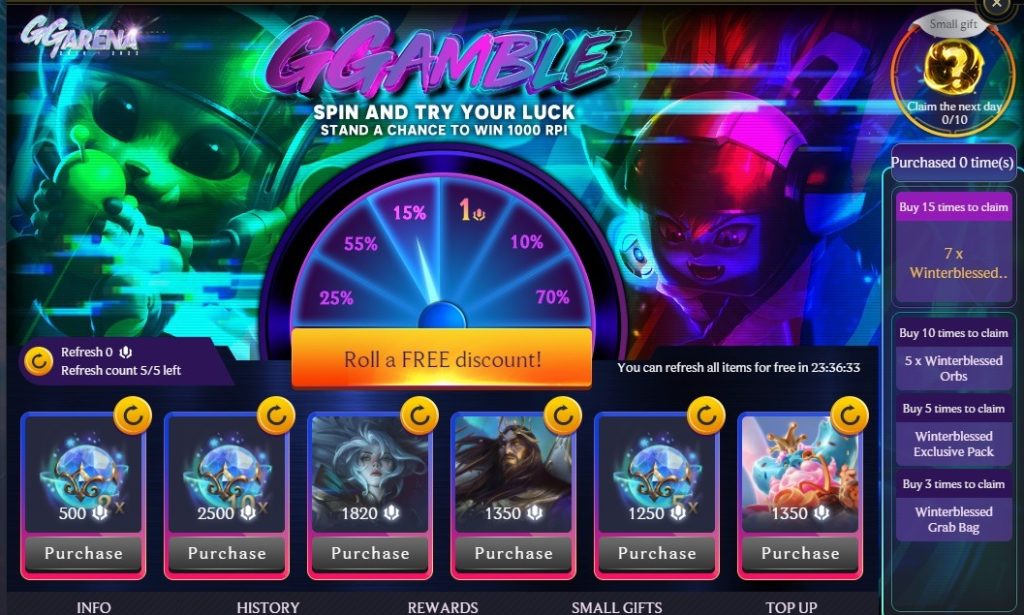
Refresh scams
Every day you would also get a free refresh that gave you another eight options. But if you didn’t roll what you wanted, you could roll one more time for 75 RP and guarantee an Epic skin worth 1350 RP showing up in your discounted offer. Again, the skin that would show up is completely random and you still have to pay for it. And if you didn’t like the discount percentage they offered you, you could pay another 75 RP for a roll that gave you more than a 50% discount on the chosen skin. So not only are you paying RP to spend less RP, you are also most likely getting icons for your money. Unless you pay a roll and guarantee yourself a random skin you have to pay for. So if all of this and purchasing Gemstones for 300 RP was going on, why did Riot wait so long to take action?


